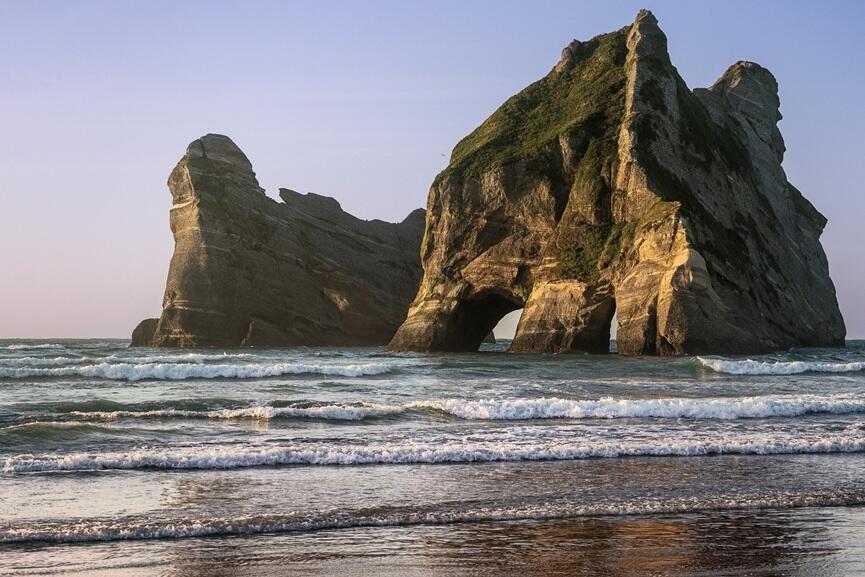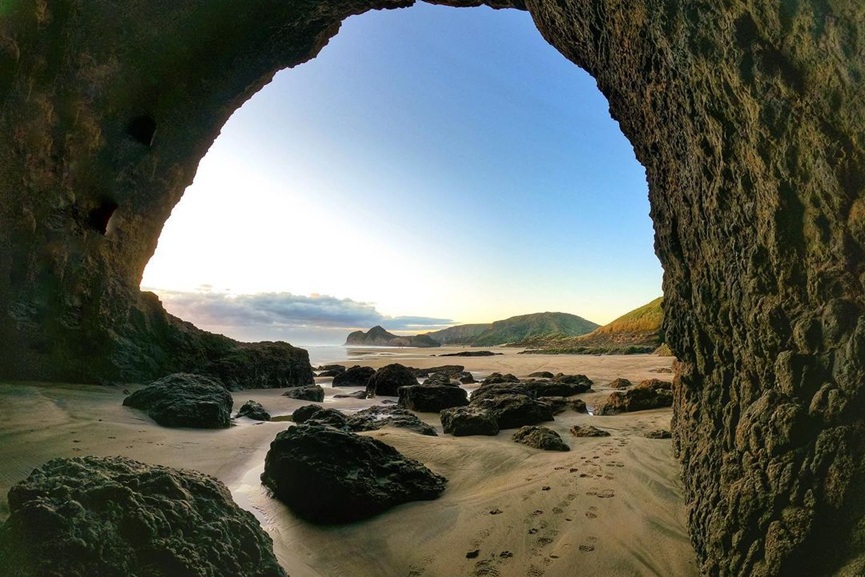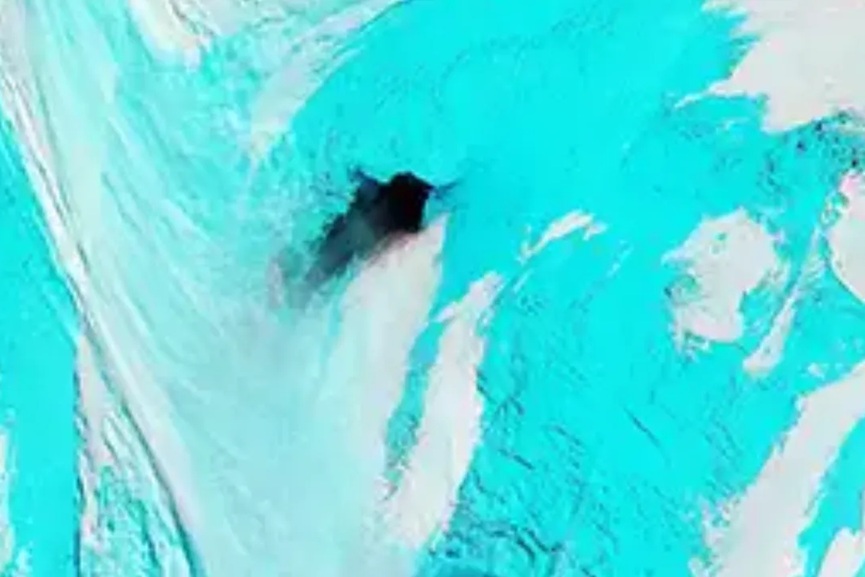Wellington: The New Zealand government is moving to introduce entry fees for international tourists at iconic natural attractions and open up conservation land to expanded commercial use.
Under the proposed plan, foreign visitors will be required to pay between NZ$20 and NZ$40 (US$12–$24) to access key destinations including Cathedral Cove/Te Whanganui-a-Hei, the Tongariro Alpine Crossing, Milford Track, and Aoraki/Mount Cook. The fees are expected to take effect from 2027 and could generate an estimated NZ$62 million annually, according to Conservation Minister Tama Potaka.
“This is about sustainable investment in the places that underpin our tourism sector,” Potaka said, defending the plan as a means to maintain and protect high-traffic sites.
The changes are part of a wider and controversial overhaul of New Zealand’s conservation laws aimed at encouraging economic growth. Alongside the tourist fees, the government plans to ease the sale and exchange of conservation land and allow more commercial activities, such as tourism, agriculture, and infrastructure, without the need for permits.

“In the spirit of saying yes to more jobs, more growth, and higher wages, we’re unleashing a fresh wave of concessions,” Prime Minister Christopher Luxon said.
Currently, one-third of New Zealand’s land is designated as conservation land, publicly owned and protected for its biodiversity, historical, or cultural significance. While certain businesses, such as ski fields and grazing operations, already have access, the government says current regulations are too restrictive for others seeking to operate on this land.
The proposal has sparked immediate backlash from conservation groups and opposition parties, who warn the reforms could have devastating consequences for the country’s fragile ecosystems and endangered species.
New Zealand is home to some of the world’s rarest and most unique species, many of which are already under threat. Government data shows that nearly 4,000 native species are classified as threatened or at risk of extinction. Conservationists argue that relaxing protections now could push many closer to the brink.
While the government insists that environmental safeguards will remain in place, critics say the cumulative effect of these policies is a shift away from New Zealand’s international reputation as a leader in conservation.
























